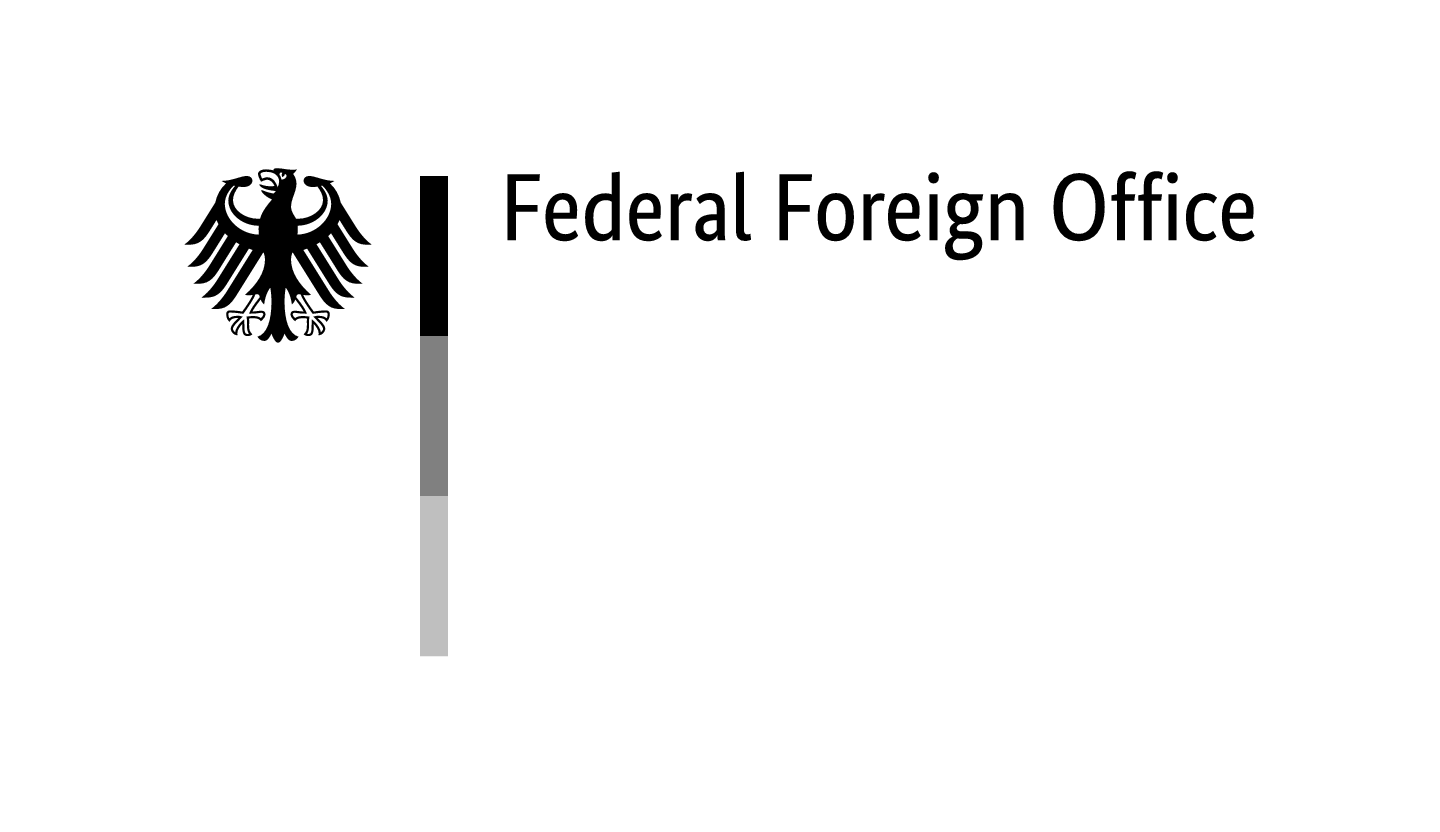On the territory of the German-occupied Protectorate of Bohemia and Moravia there were two detention camps established for the control and segregation of people regarded as ‘Gypsies’ and officially called ‘Zigeunerlager’ [cikánské tábory, CT]. Both operated during the same period and in the same manner, but their responsibilities were geographically divided. ‘Zigeunerlager I’ [CT I], located in Lety near Písek, a village about 80 kilometres south of Prague, was administratively responsible for Bohemia, ‘Zigeunerlager II’ [CT II] in Hodonín near Kunštát, a village about 50 kilometres north of Brno, functioned analogously for Moravia.
Both camps were put into operation in August 1942 following the registration of ‘Gypsies’ on 1 to 3 August 1942. Together, the two camps held about 2,700 inmates, or one quarter of those 11,859 registered as ‘Gypsies’ in the beginning of August 1942 and fewer than half of those categorised as ‘racial Gypsies’. 536 people died in internment in the camps, 575 were finally classified as ‘racial non-Gypsies’ and eventually released and about 1,400 were deported from Lety and Hodonin to Auschwitz concentration camp (Auschwitz I) and Auschwitz-Birkenau concentration and extermination camp.
Prehistory of the Camps
Both camps were set up by reorganising existing camps that had undergone changes of administration and purpose before. The first camps on the Lety and Hodonin sites were established by decree of the last Czechoslovak government before the German occupation. Their establishment was a political compromise meant to satisfy the demands of different groups, and they were designed for people who ‘disturbed public order’. Sinti and Roma were explicitly included into this group, as long-standing prejudices against them were intensified by anxieties about the large number of refugees seeking asylum from Nazi Germany in Czechoslovakia. Following the German occupation on 16 March 1939, this policy was formally approved by Reich Protector [Reichsprotektor] Konstantin von Neurath (1873–1956). These camps were called ‘Arbeitsstraflager’ [penal labour camps, kárné pracovní tábory, KPT]; their mode of operation was very similar to that of the National Socialist labour education camps. All the inmates were men aged over 18, and they were regularly released. Generally, the living conditions in these camps were better than later in the ‘Zigeunerlager’.
Decree No. 89/1942 Coll. on the ‘preventive fight against crime’ of 9 March 1942, an exact copy of the German decree of the same name of 14 December 1937, led to the camps being transformed into ‘Anhaltelager’ [custody camps, sběrné tábory, ST]. This transformation was of major importance since administrative responsibilities were shifted from the Czech authorities within the Protectorate to the German Criminal Police. On 21 March 1942, the Criminal Police Headquarters [Kriminalzentrale] in Prague issued a ban on the release of inmates from the ‘Arbeits-Straflager’, and all of them were taken into ‘preventive custody’ (following the terms of Decree No. 89/1942 Coll.). The camps thus became part of the National Socialist machinery for the persecution of ‘asocials’, and all new prisoners were labelled as such.
Camps Exclusively for Roma and Sinti
On the basis of the 10 June 1942 Decree of the Department of the Interior of the Protectorate on ‘Combating the Gypsy Menace’—a copy of the German decree of the same name issued in the Reich on 8 December 1938—the camps in Lety and Hodonin were again transformed, this time into ‘Zigeunerlager’, detention camps exclusively for Roma and Sinti. Further administrative changes were made by the German Criminal Police Headquarters in Prague as the central authority for managing the inmates. Now, the camp became a place where whole families were interned if they were categorised by Czech police officers as ‘Gypsies’ during their registration at the beginning of August 1942. Those racial categorisations were preliminary and would later be reviewed by the Criminal Police. Inmates of Lety whom the Criminal Police Headquarters in Prague regarded as ‘racial Gypsies’ or as ‘Mischlinge’ would be deported to Auschwitz-Birkenau concentration and extermination camp in May 1943. If the Criminal Police judged someone to be a ‘racial non-Gypsy’, they ordered them to be released from the camp. According to the logic of the Nazis’ persecution of people as ‘asocials’ still this could mean that they were subject to further repression.The same applies to the camp in Hodonin.
The Lety near Pisek and Hodonin near Kunstadt camps operated from August 1942 until May and August 1943 respectively. After most of the inmates had been deported to Auschwitz-Birkenau, the camps were finally shut down. Persecution of Roma and Sinti continued in the Protectorate of Bohemia and Moravia until the end of World War II, but went on without incarceration in special camps.




